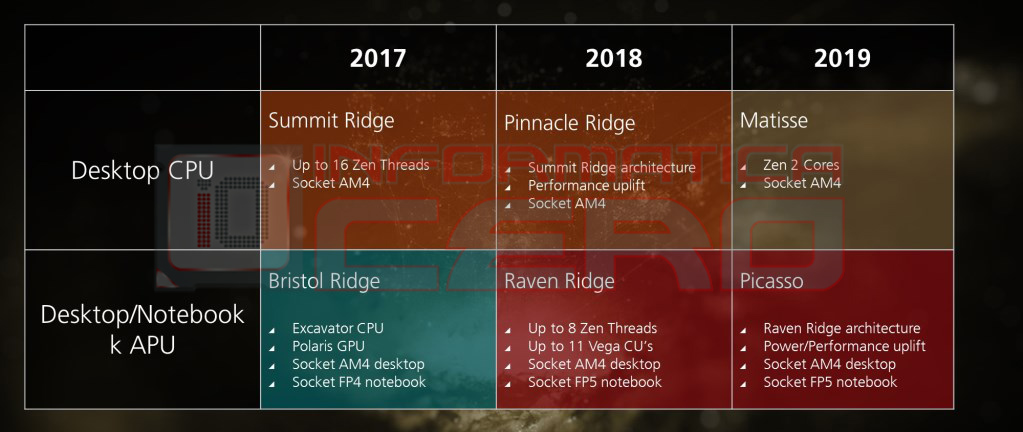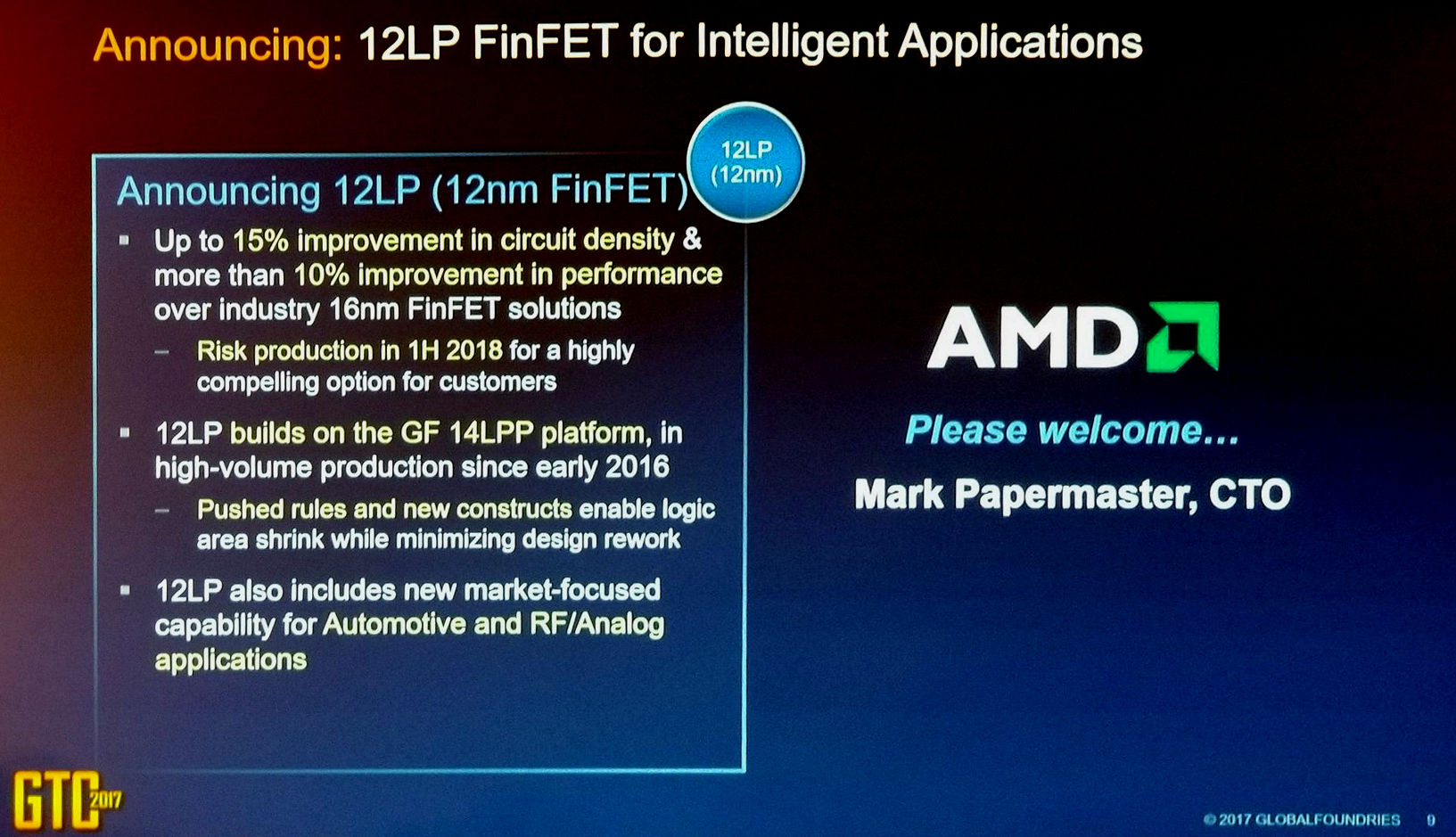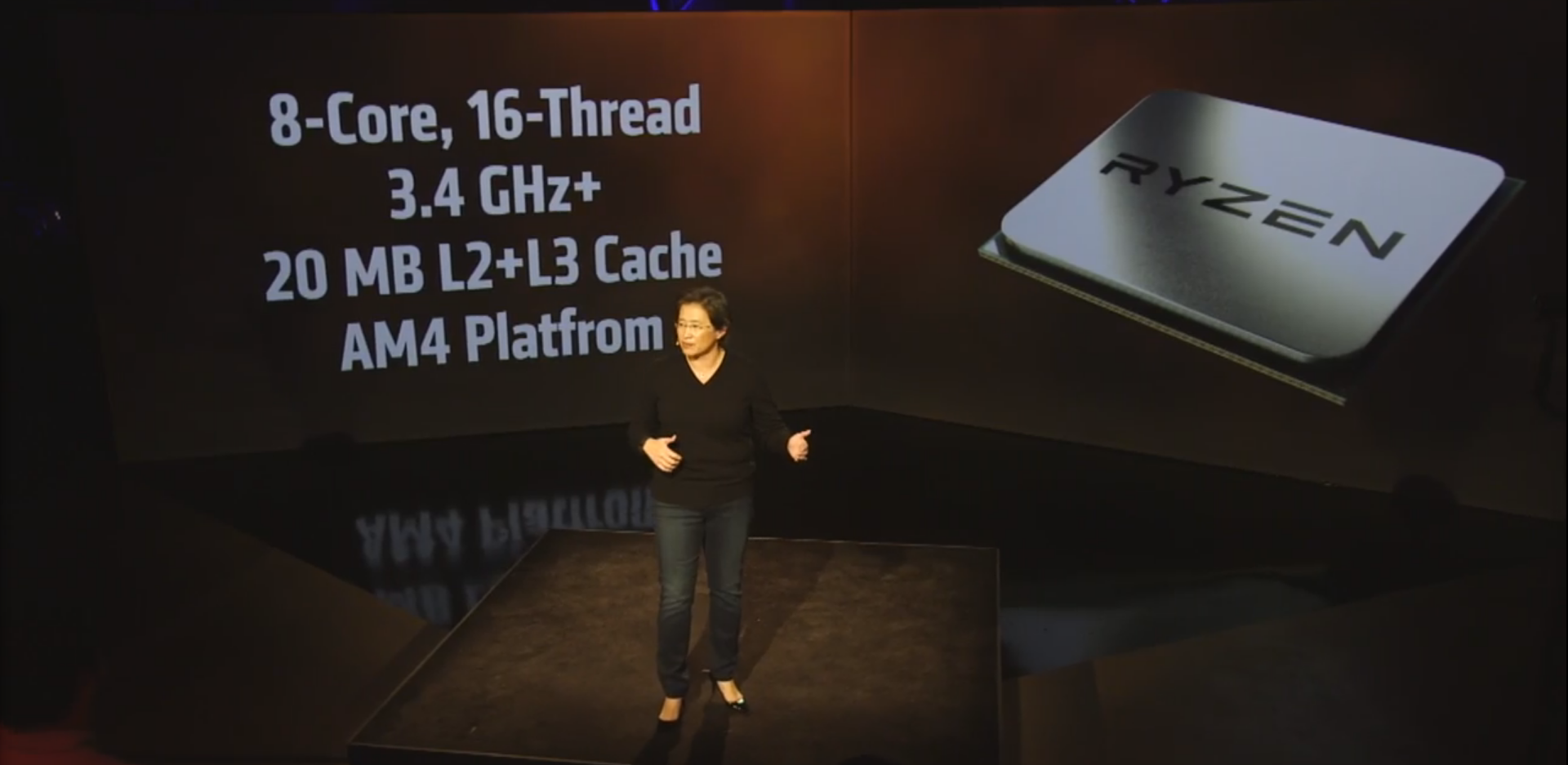looncraz :
daerohn :
I have a question for all. So the Zen is a good product and all yes however when it comes to AVX set, they do not support AVX512. So why they do not implement it to their CPU's. Because of licensing issues, die size, energy, cost? Can you enlighten me on this subject please.
I was told the reasons were far more simple than any of that:
AVX512 isn't useful 95% of the time.
AVX512 has almost no traction and is unlikely to gain much/any for years to come.
AVX512 was Intel's way of trying to undermine the GPU compute momentum - which goes against AMD plans.
AVX512 is really only included on *some* Intel CPUs so developers can test it for use with Intel's accelerators.
With all that, there's really no reason for AMD to support it. And, of course, the hardware requirements are quite serious, so there's a lot of work that would need to be done to support it.
Actually is really useful, It has been called a "Hidden Gem” in Intel Xeon Scalable Processors. Intel's AVX-512 is a set of new CPU instructions developed by Intel that impacts compute, storage, and network functions. I know that this is a lot to read but is the only way to actually understand the full potential of AVX-512 and how it actually improves computing.
These new set of instructions where first engineered to work with the Monstrous Intel Xeon Scalable Processors, and of course is builded into SkyLake-X.
https://ark.intel.com/products/120501/Intel-Xeon-Platinum-8160-Processor-33M-Cache-2_10-GHz
This acceleration has a number of use cases:
63 times faster high-performance computing
2 times faster AI/deep learning
1 times faster cryptographic hashing performance
2 times faster data protection
Intel AVX-512 can accelerate performance for workloads and use cases such as scientific simulations, financial analytics, artificial intelligence (AI)/deep learning, 3D modeling and analysis, image and audio/video processing, cryptography, and data compression.
Intel AVX-512 can also help data centers more efficiently use available storage resources. Simply put, it accelerates storage functions, such as deduplication, encryption, compression, and decompression. It accomplishes this by doubling the number of bits in the register from 256 to 512 (WATCH THIS VIDEO

https://www.intel.com/content/www/us/en/architecture-and-technology/avx-512-animation.html). In fact, it calculates storage functions in half the time of the previous generation.
The number 512 refers to the width, in bits, of the register file, which sets the parameters for how much data a set of instructions can operate upon at a time. Intel AVX-512 doubles the width of the register compared to its predecessor, and it also doubles the number of registers to further decrease latency.
It also contains additional optimizations to further accelerate tasks for modern workloads.
Intel AVX-512 enables twice the number of floating point operations per second (FLOPS) per clock cycle compared to its predecessor, Intel AVX2.
A single register under Intel AVX-512 can hold up to eight double-precision or 16 single-precision floating-point numbers. Or in other words,
Intel AVX-512 enables processing of twice the number of data elements that Intel AVX or Intel AVX2 can process with a single instruction, and four times that of Streaming SIMD Extensions (SSE)
Intel's AVX-512 offers a level of compatibility with AVX that is stronger than prior transitions to new widths for SIMD operations.
Unlike SSE and AVX that cannot be mixed without performance penalties, the mixing of AVX and Intel AVX-512 instructions is supported without penalty. AVX registers YMM0–YMM15 map into the Intel AVX-512 registers ZMM0–ZMM15, very much like SSE registers map into AVX registers. Therefore, in processors with Intel AVX-512 support, AVX and AVX2 instructions operate on the lower 128 or 256 bits of the first 16 ZMM registers.
Intel AVX-512 support
Release of detailed information on these additional Intel AVX-512 instructions helps enable support in tools, applications and operating systems by the time products appear. Intel is working with open source projects, application providers and tool vendors to help incorporate support. The Intel compilers, libraries, and analysis tools have strong support for Intel AVX-512 today, and updates planned (since) November 2014 will provide support for these additional instructions as well.
https://www.hpcwire.com/2017/06/29/reinders-avx-512-may-hidden-gem-intel-xeon-scalable-processors/
https://www.anandtech.com/show/11550/the-intel-skylakex-review-core-i9-7900x-i7-7820x-and-i7-7800x-tested/3
https://software.intel.com/en-us/blogs/2013/avx-512-instructions
https://software.intel.com/en-us/forums/intel-isa-extensions/topic/737959
http://www.prowesscorp.com/what-is-intel-avx-512-and-why-does-it-matter/






 https://www.intel.com/content/www/us/en/architecture-and-technology/avx-512-animation.html). In fact, it calculates storage functions in half the time of the previous generation.
https://www.intel.com/content/www/us/en/architecture-and-technology/avx-512-animation.html). In fact, it calculates storage functions in half the time of the previous generation.